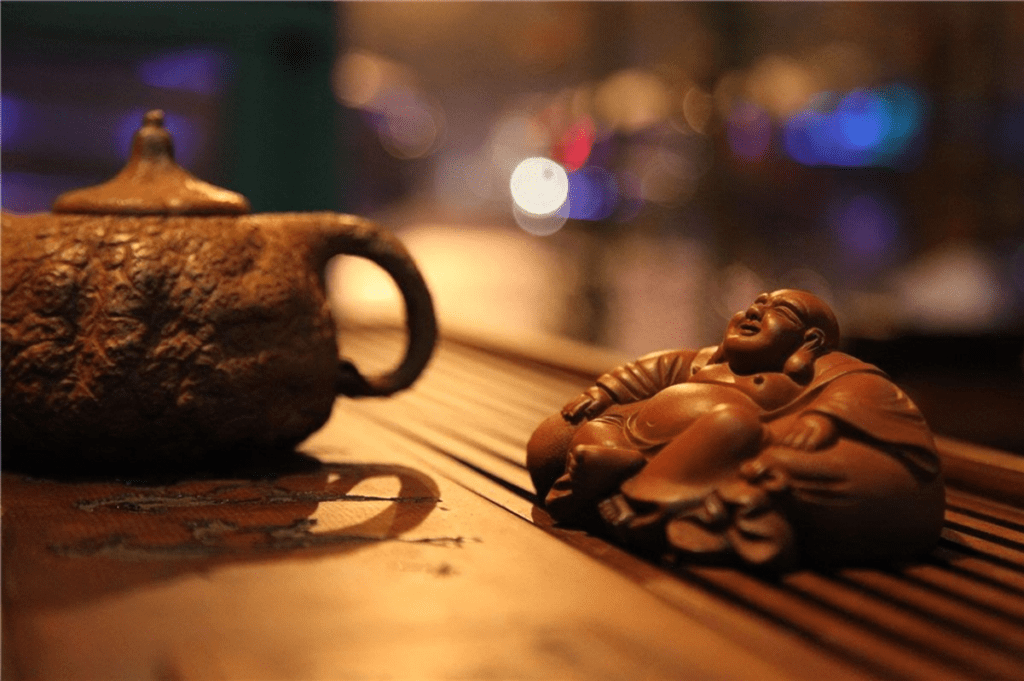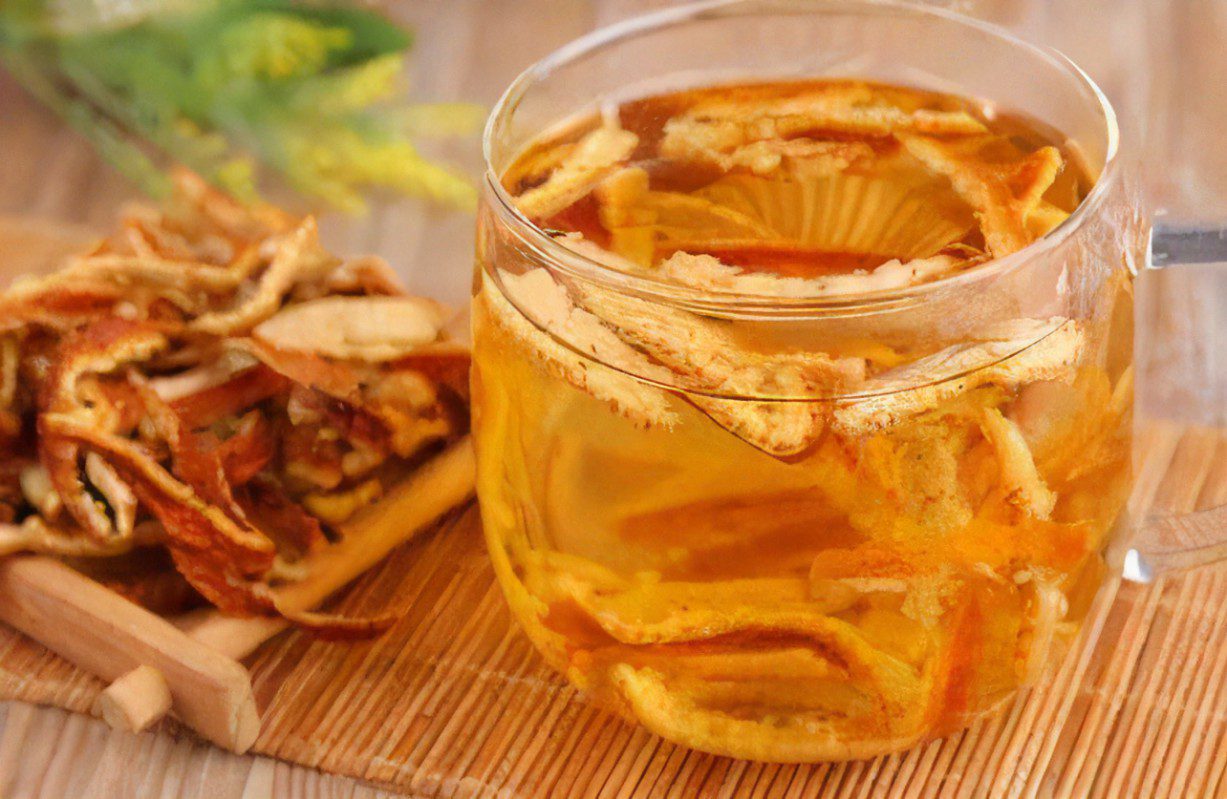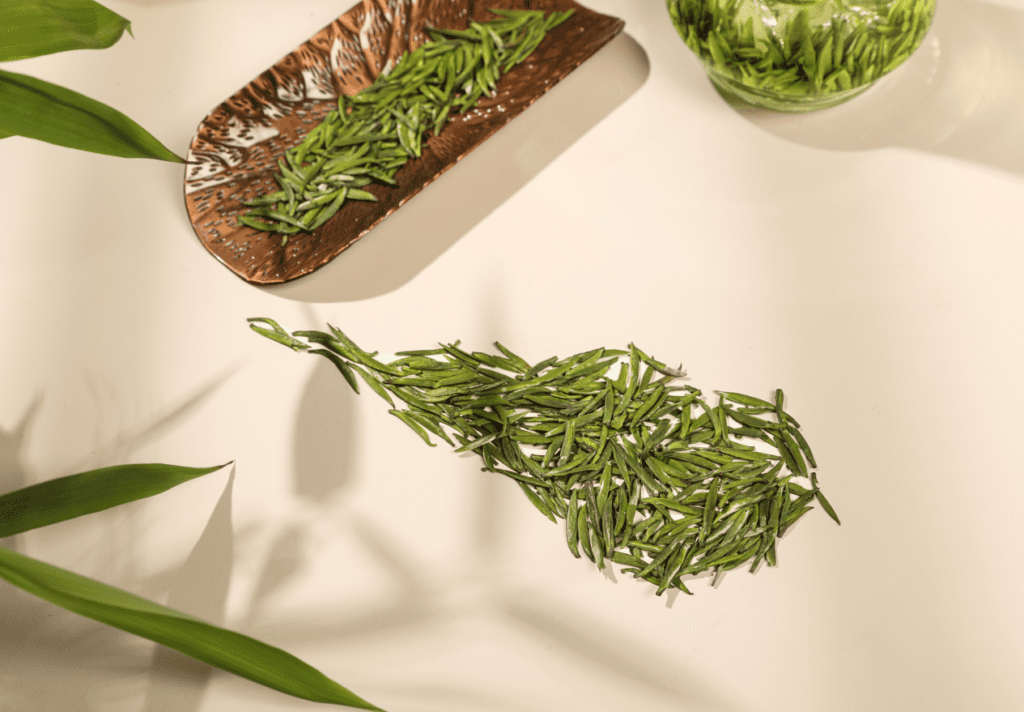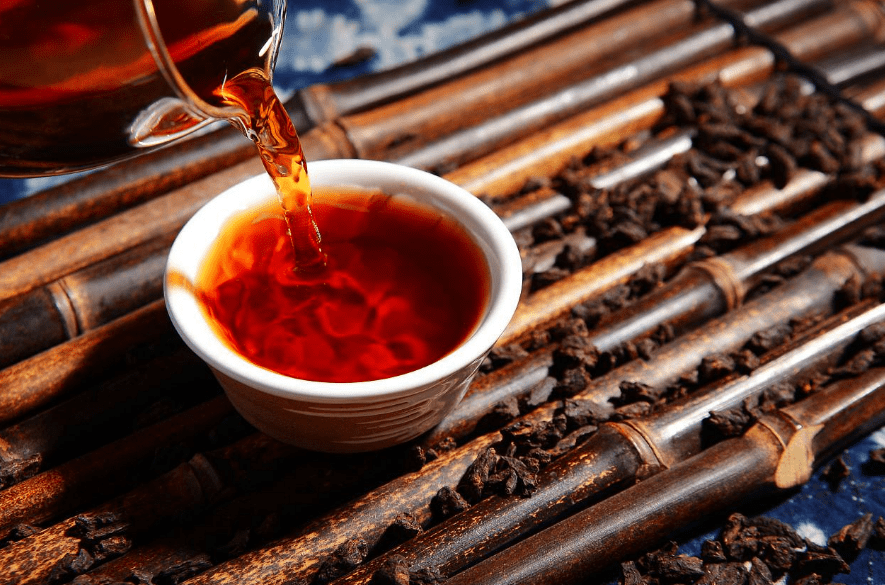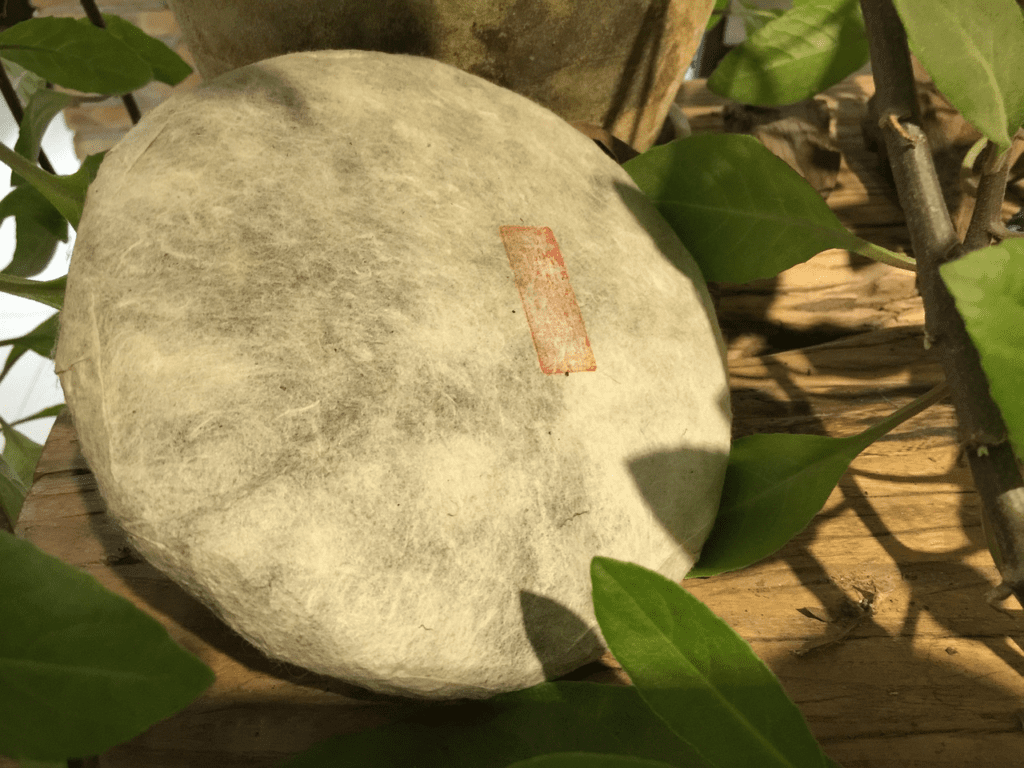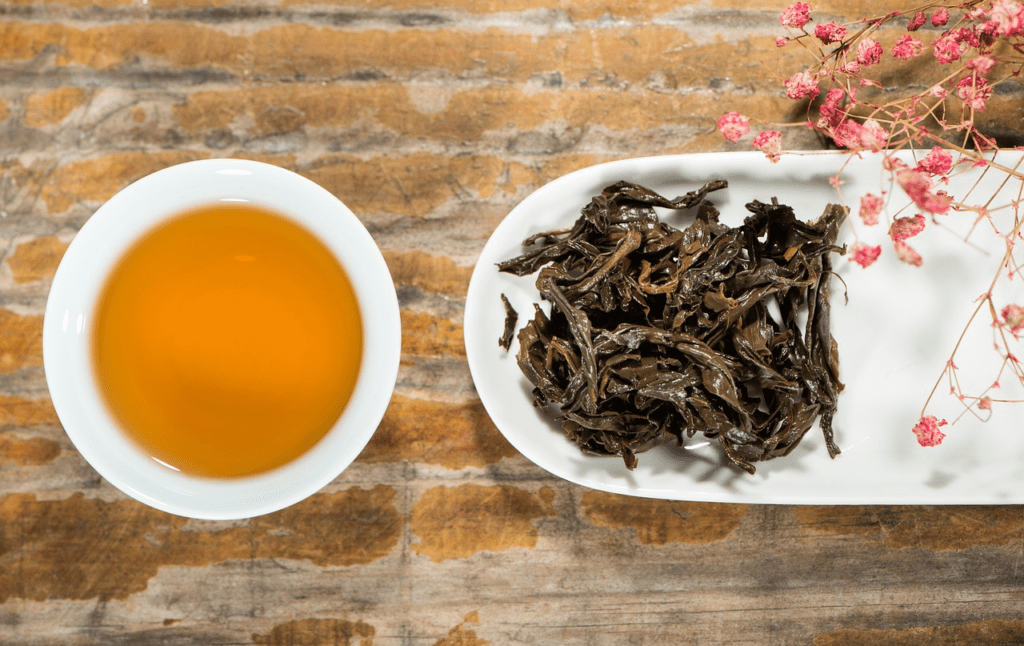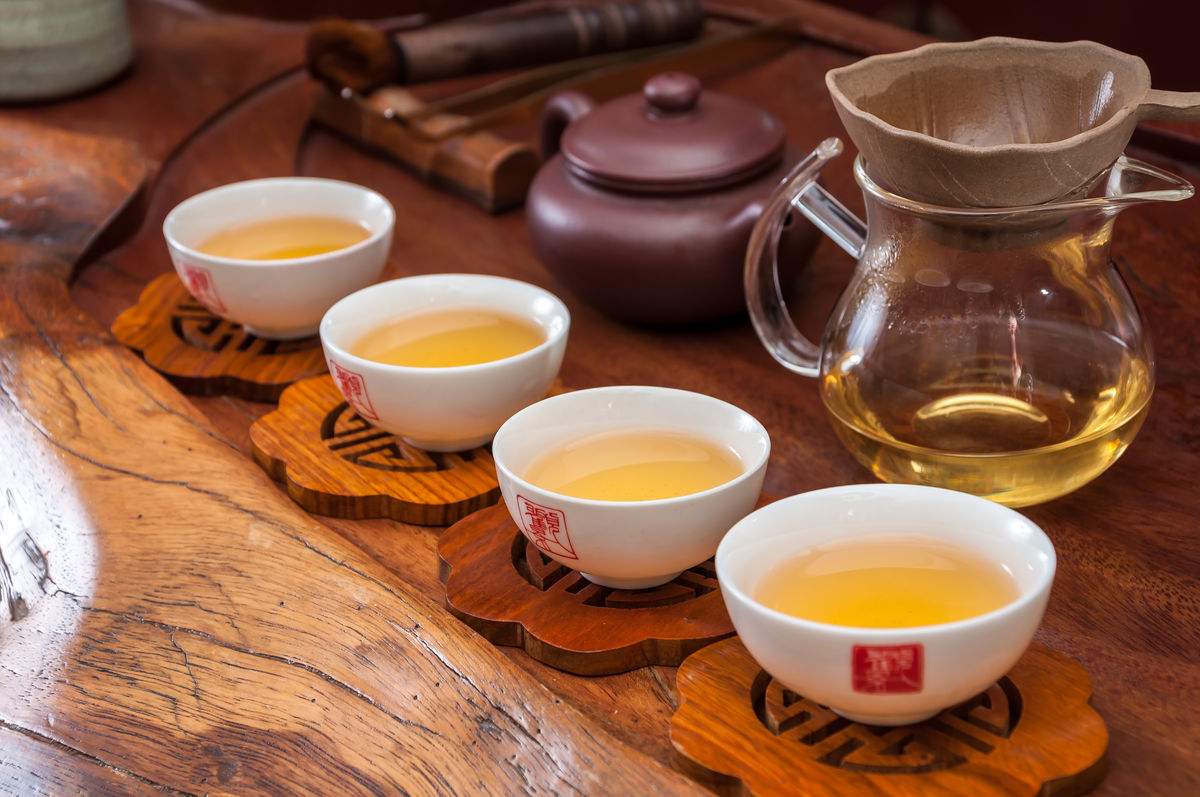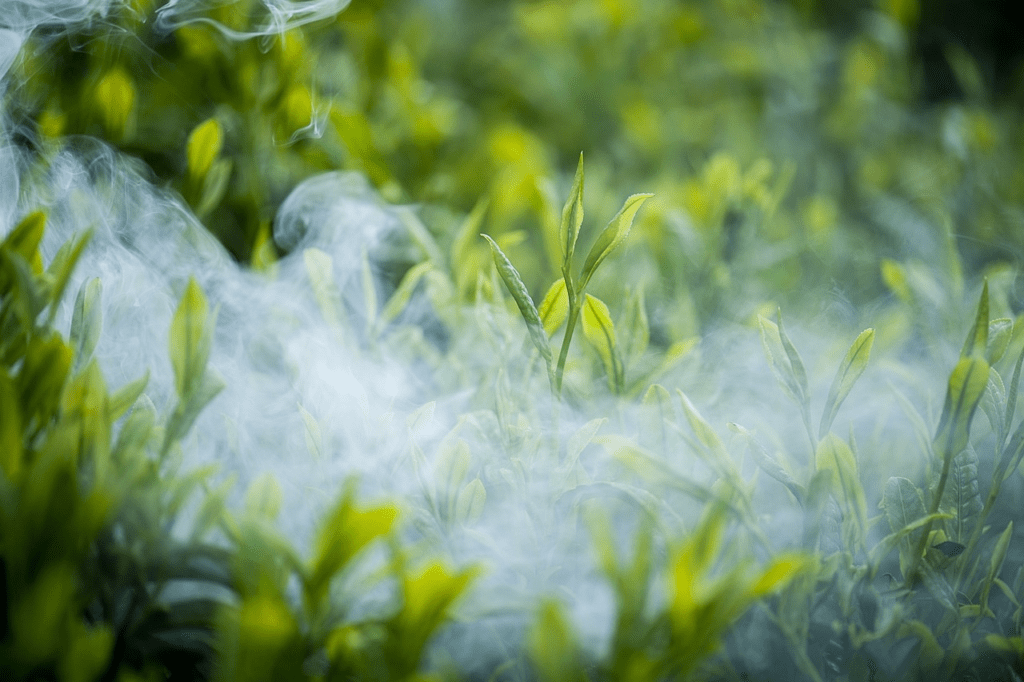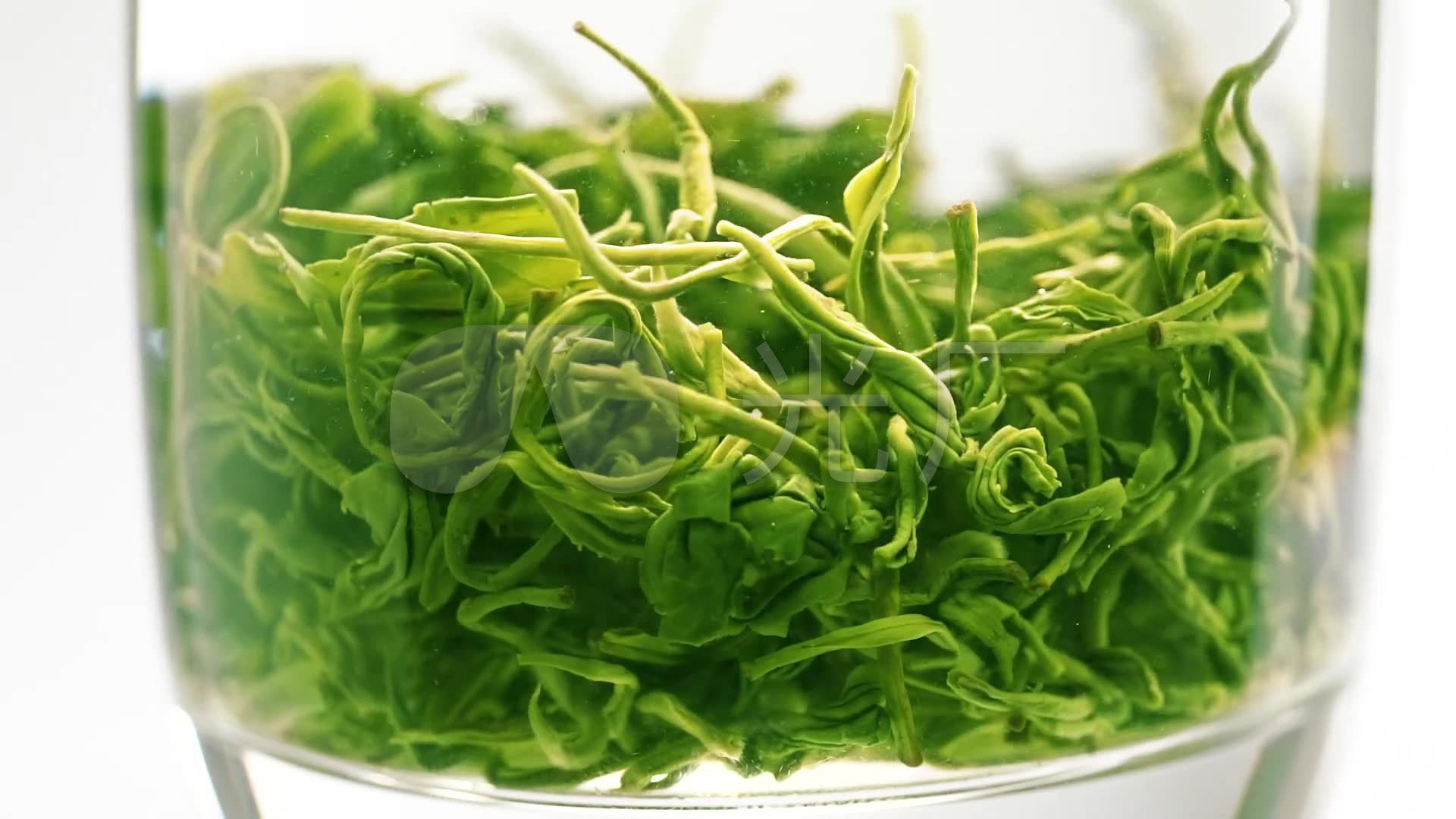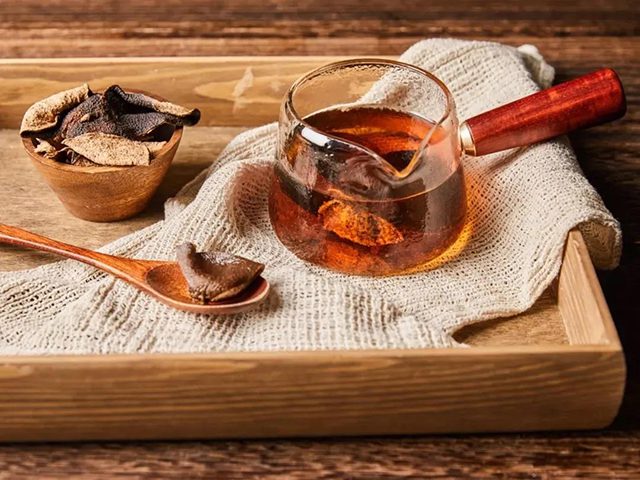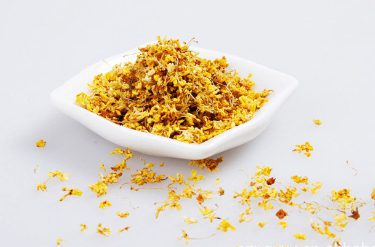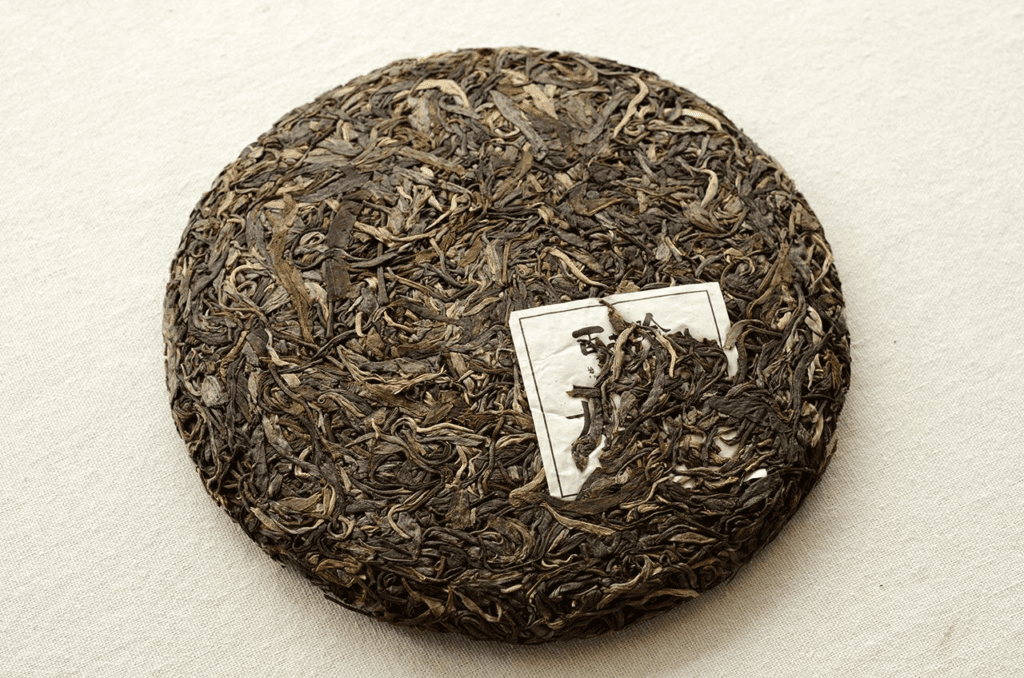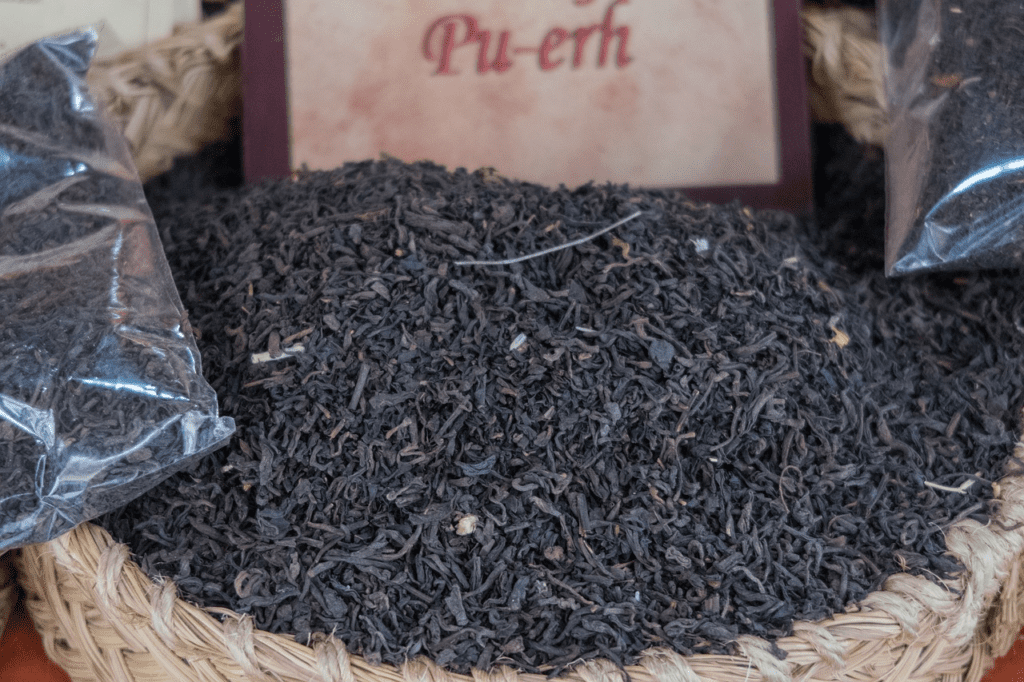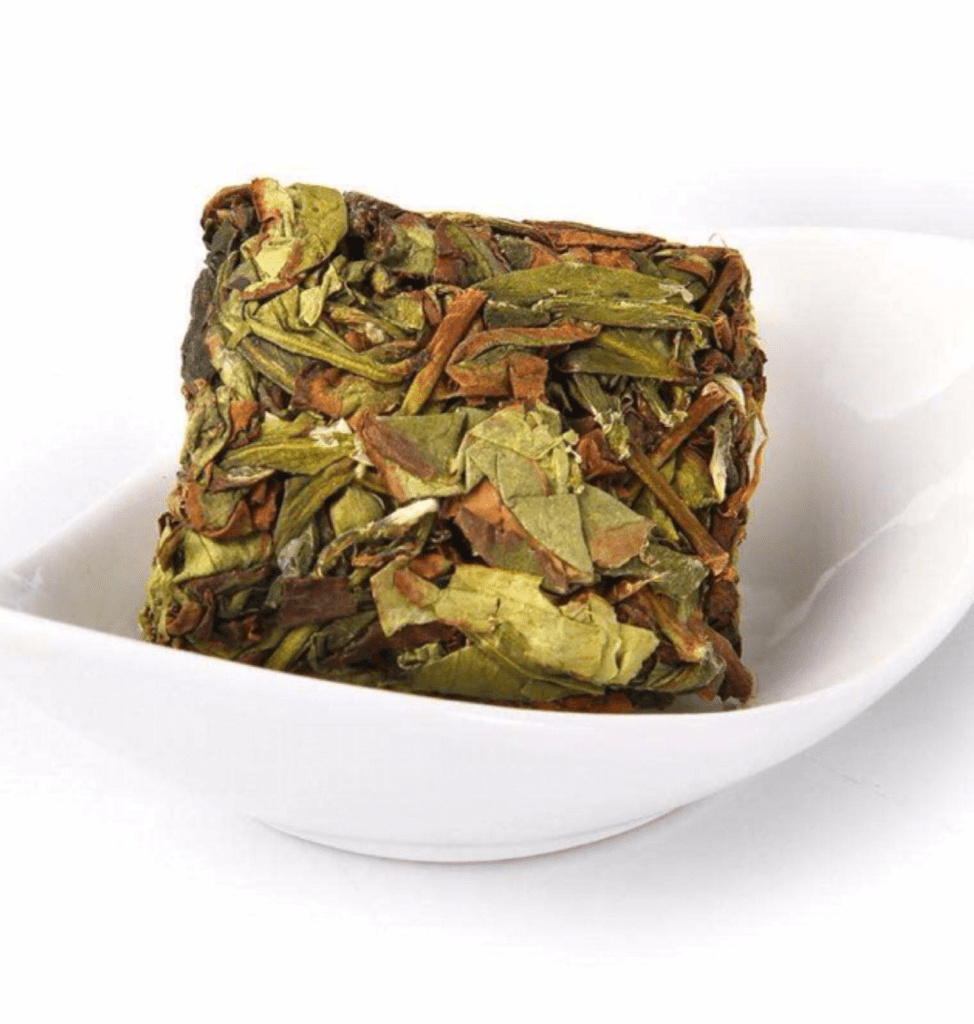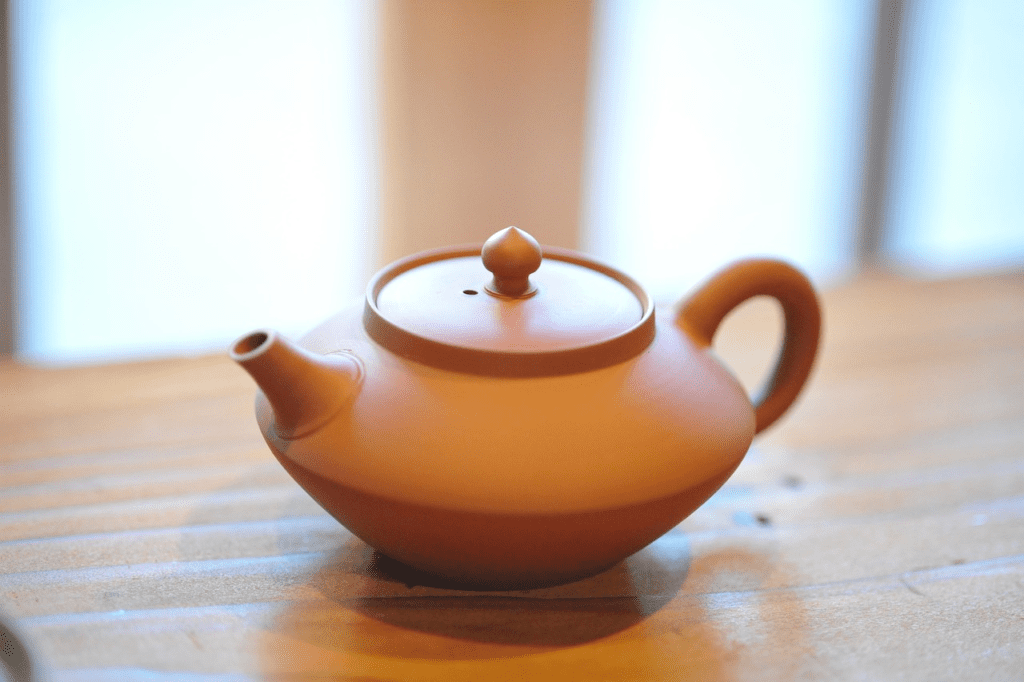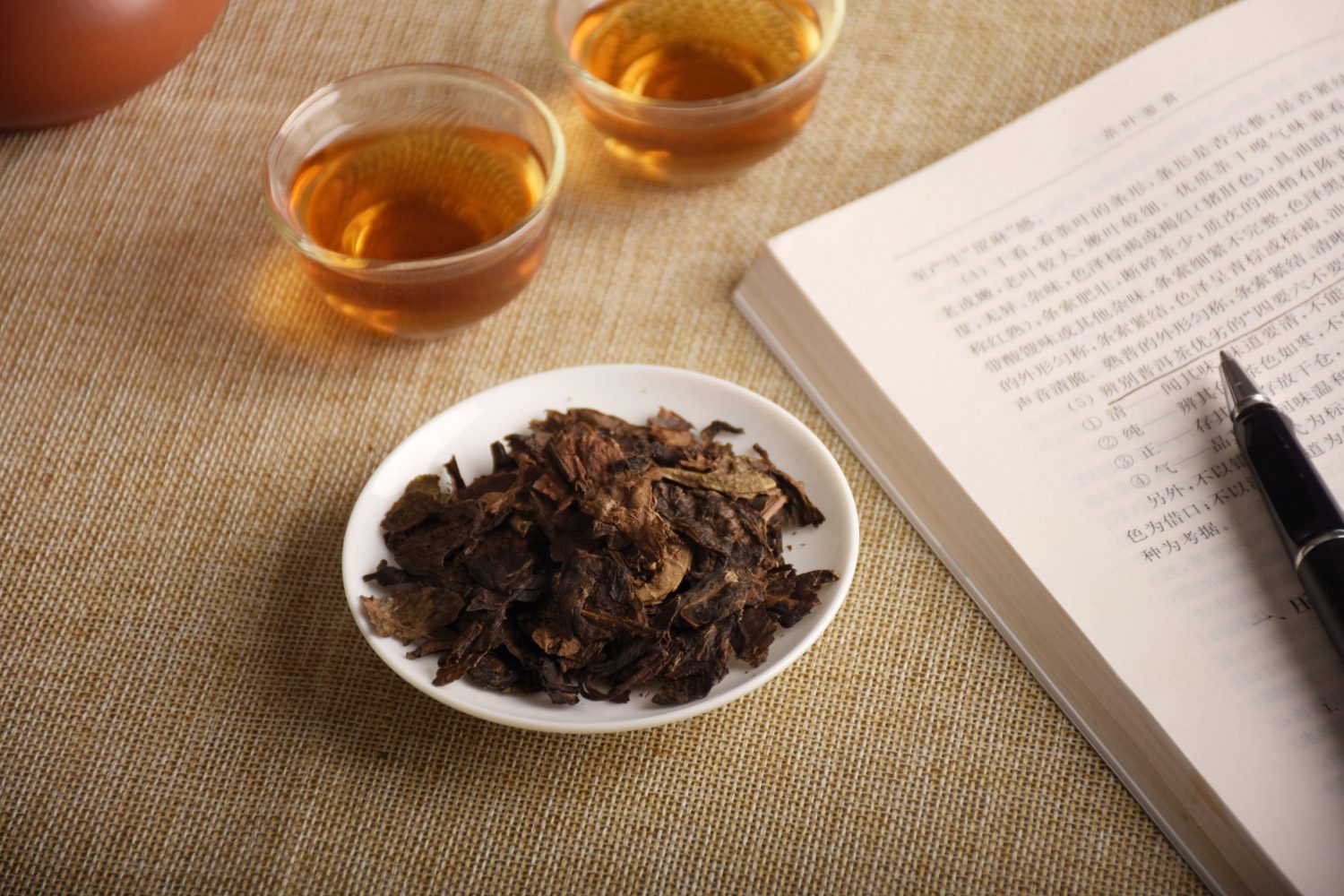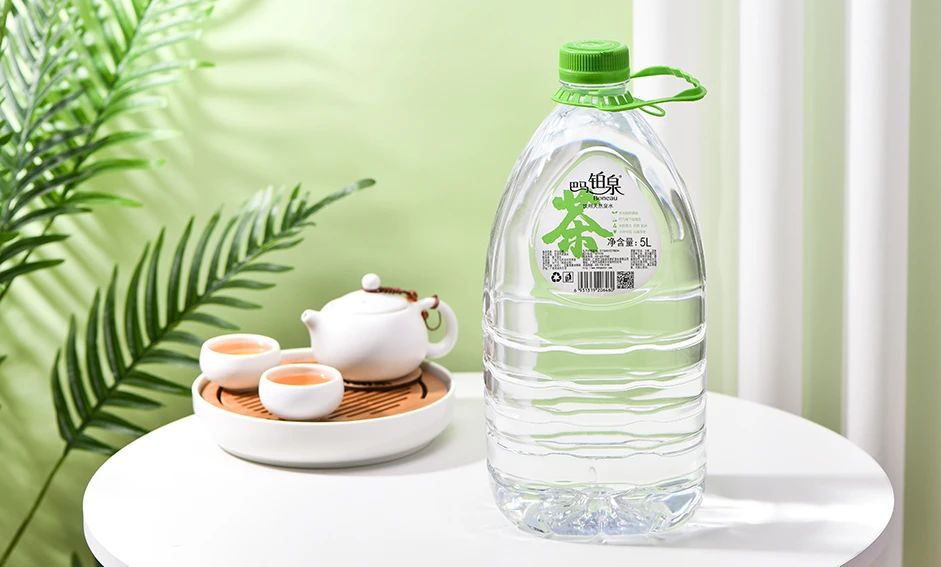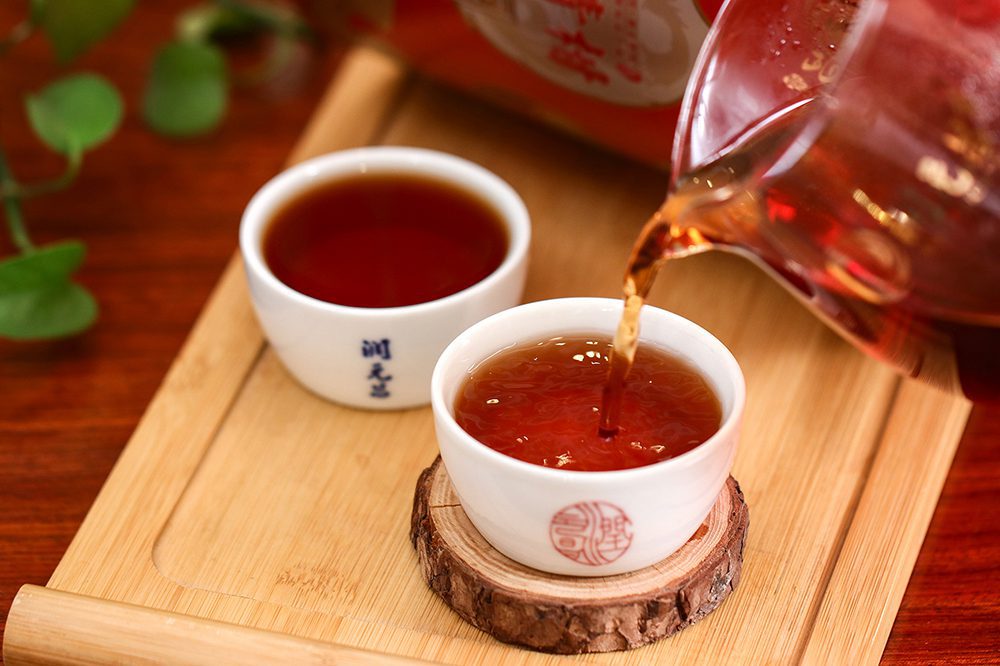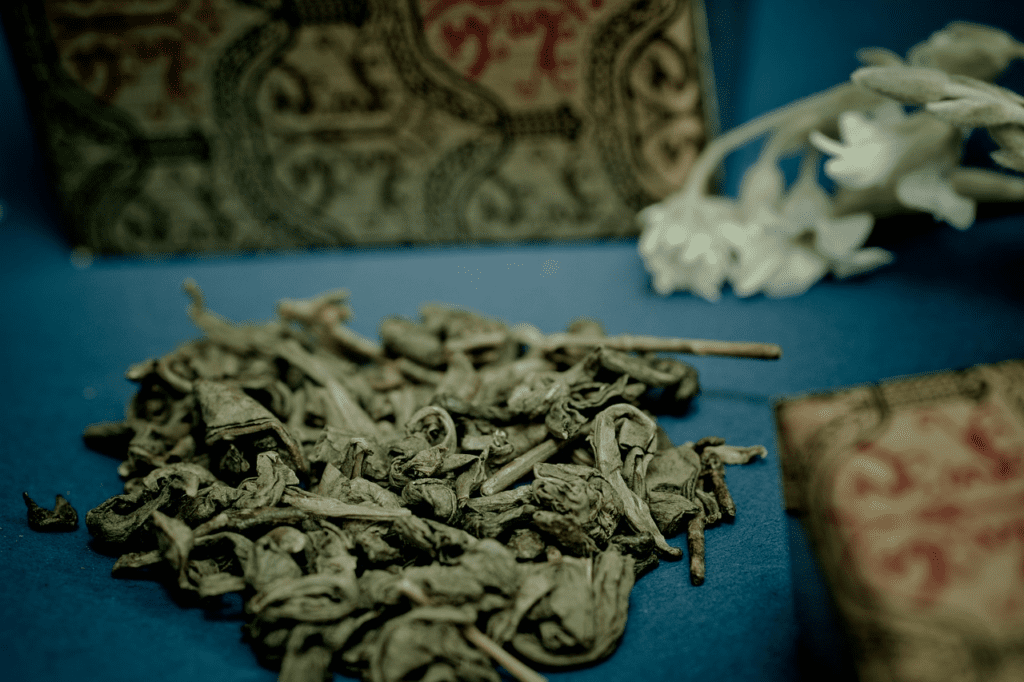Point tea method, also known as "soup play", "tea hundred plays", "water Danqing", is a kind of tea into the tea cup, injected into the boiling water to make a paste, and then injected into the boiling water, or directly into the tea bowl into the boiling water, while stirring with a tea brush, the tea float up to form a porridge surface. The tea bowl is filled with boiling water, and stirred with a tea brush, the tea powder floats up, forming a congee tea drinking method. The tea-dotting method originated in the Tang Dynasty and reached its peak in the Song Dynasty, and it was the mainstream tea-drinking method in the Song Dynasty, as well as one of the four arts in the Song Dynasty life, together with flower art, antiquity appreciation, and incense tasting, it was called the "four idle affairs".
Tea ordering is not only a way of drinking tea, but also a kind of culture and art that reflects the aesthetic taste and lifestyle of Song Dynasty. Song Dynasty literati had a very high pursuit of tea ordering, they carefully selected the tea leaves, ground them into powder, and used exquisite tea utensils for brewing. The process of tea-dotting was characterized by attention to detail, with each step reflecting the skill and aesthetics of the tea drinker.
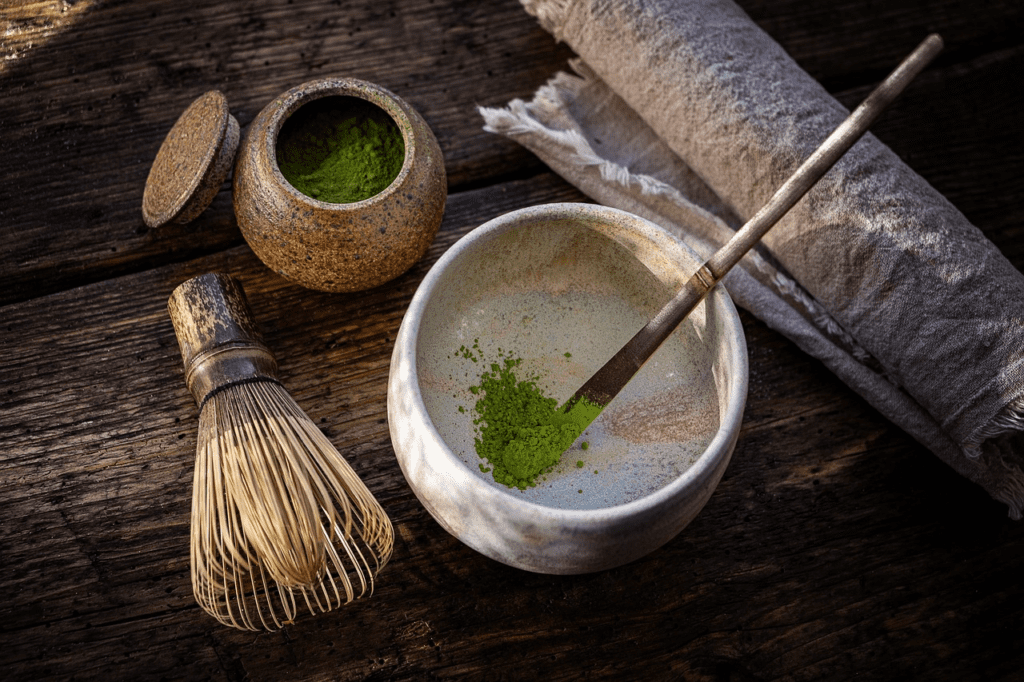
The origin and development of the tea ordering method
The origin of the tea ordering method can be traced back to the Tang Dynasty. In the Tang Dynasty, tea was mainly cake tea, in which the tea man crushed the tea cakes and put them into the tea kettle to be decocted. In the Song Dynasty, with the advancement of the tea making process, the types of tea were more abundant, and in addition to cake tea, there were also loose tea and minced tea. Song people began to grind the tea leaves into powder and put it directly into the tealight for brewing, which is the origin of the tea-dotting method.
Tea ordering was widely popularized in the Song Dynasty, not only in the court, but also loved by the people. Many literary works of the Song Dynasty contain descriptions of the tea-dotting method, such as Su Shi's "Tea Lyrics" and Lu You's "Tea Cooking Song".
Specific steps of the tea-dotting method
- tea selection: Tea in the Song Dynasty was most famous for Jiancha from Fujian, Lushan tea from Jiangxi and Dongting tea from Huzhou. Tea people chose tea according to their own preferences.
- grind tea leaves: Grinding tea leaves into powder. In the Song Dynasty, tea leaves were ground into powder and called "Mucha".
- roast tea: The ground tea is roasted over the fire to make it more aromatic.
- camellia: Sift the roasted tea powder through a sieve to remove the tea stems and chips.
- wait for soupBoil water for use. The tea soup of Song Dynasty requires "crab eyes with flowers", that is, when the water temperature reaches 80-90 degrees Celsius, tiny bubbles will appear on the surface of the water.
- order tea and refreshments: Place the tea powder in a tealight and fill with a small amount of boiling water to make a paste.
- brush away: Strike the tea with a tea brush to form an even and fine foam.
- appreciate tea: Appreciate the color, aroma and taste of the tea broth.
Cultural significance of the tea ordering method
Tea ordering is one of the representatives of Song Dynasty tea culture, which embodies the aesthetic interest of Song Dynasty literati in pursuing nature and honoring elegance. The process of tea-dotting is characterized by details, and each step reflects the skill and aesthetics of the tea drinker. Song Dynasty tea ordering method is not only a way of drinking tea, but also a kind of cultural art that reflects the lifestyle of Song Dynasty. As an important part of Chinese tea culture, the historical and cultural value of tea ordering is immeasurable.

